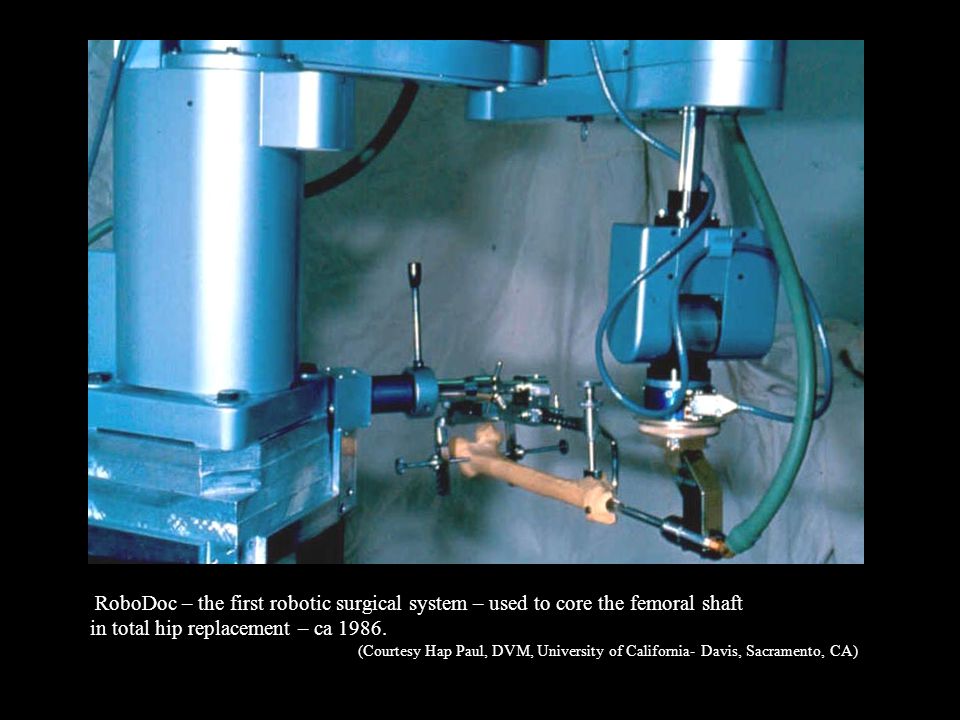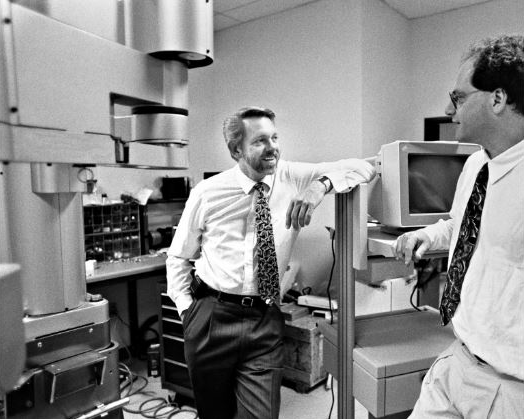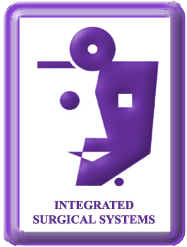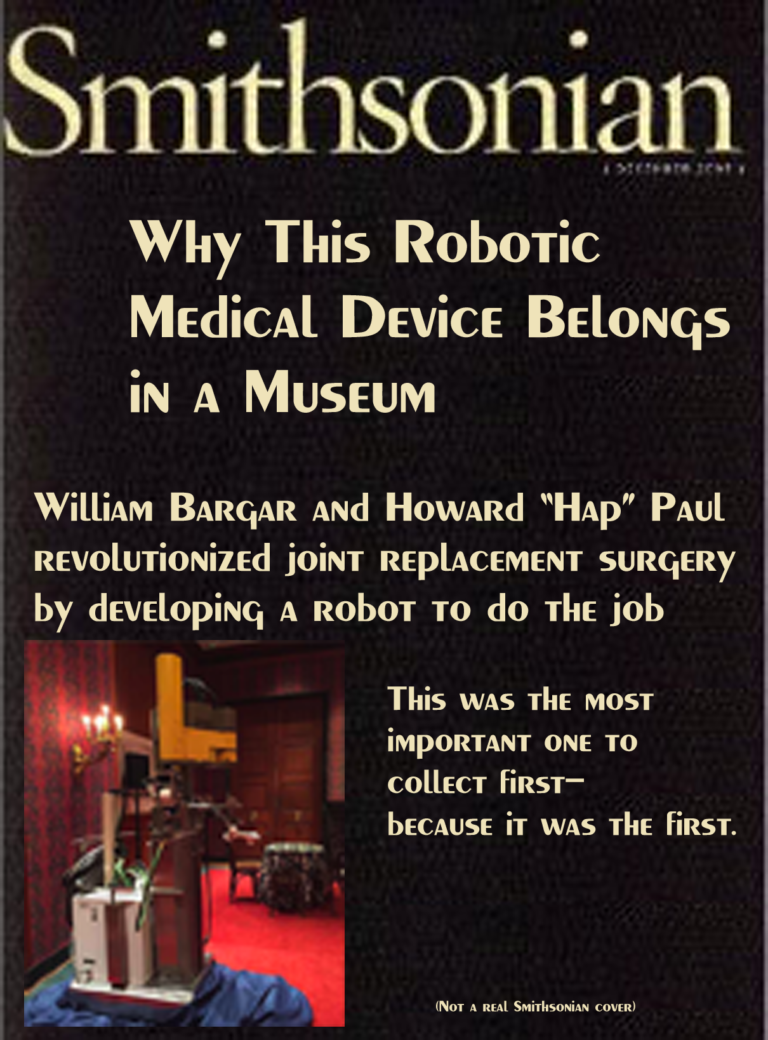Robodoc
IBM asked Southport Partners to help them with a new, cutting edge, medical technology…
It was a robotic cum imaging technology developed in conjunction with two pioneering medical types at UC Davis.
Target: Improve Total Hip Arthroplasty (THA)… a.k.a. hip replacement operation.
The IBM Research group involved loved it. Corporate… not so much.
Corporate knew their deep pockets would attract the worst sort of litigators if IBM rolled out the technology. You see, this robot was going to operate directly on the human body. This had never been done before. IBM Corporate wanted it commercialized, but without the financial and litigation risk.
Enter Southport Partners.

Southport went to IBM's research HQ at Yorktown Heights, NY

We had been doing lots of work for IBM Research so we were a regular visitor. We met with the team on this robotic project.
The concept originated with the U.C. Davis team of ‘Hap’ Paul and William Bargar. Dr. Paul was a veterinarian, and Dr. Bargar was an orthopedic surgeon with an engineering background.
The IBM team consisted of robotic engineers and imaging software developers.
We got briefed on the project, and then met with the head of IBM Research. The research director said it was a great project with lots of potential, but Corporate wanted it GONE.
The Usual Hip Replacement Process
Dr. Bargar did a lot of hip replacement operations. So did Dr. Paul, but on animals. They once collaborated on a hip replacement operation for a Snow Lion,
People or animals, the state-of-the-art was pretty much the same, and very basic:
- Cut open the patient’s upper log
- Pull the femur bone from the hip socket
- Glue and screw a new receptor socket into the hip bone
- Cut off the top of the femur
- Drill and ream out the center of the femur to accept a prosthetic implant
- Glue the implant in
- Stick the other end of the implant in the hip socket
- Sew up the patient
Simple… what could go wrong?
Done by Hand, Lots Could Go Wrong. And Did...
The doctor needed to find an implant that was the right size and shape for the patient. He would often have a couple dozen implants arrayed on a table to select from. The size, the length, the angles were all-important variables. He might pick up several and sort of see how the fit looked.
Or, he could have had a custom implant machined beforehand, but he still had to make an opening in the top of the patient’s femur that precisely mirrored the shape of the implant. But drilling and reaming out the top the femur was a crude business. A Black & Decker hand drill and a big, ugly reamer were the tools of the trade.
If the hole made was too wide, the implant would wobble. If too small, it would not go in. In about 7% of the cases, the doctor would crack the femur bone, and then he would have to wire and glue the pieces back together before sticking in the implant.
Not a big problem, since he had the glue pot and some baling wire handy.
Anyway, who’s gonna see it?
Dr. Paul and Dr. Bargar had an Idea for a Better Way
Both doctors were teaching at the U.C. Davis Medical School. Dr. Paul was a veterinarian, and had experienced the same hip transplant difficulties operating on dogs as Dr. Bargar did operating on humans.
Together, they realized the solution was some sort of precise milling approach that could precisely shape a slot for the implant. An approach that would allow the implant to slide in to a perfect fit without reaming and pounding, stay in place without glue, and not risk breaking the brittle femur bone.
Dr. Bargar’s father worked at IBM, and somehow a message went out from the the chairman of IBM that he wanted IBM Research to get involved in finding a solution.
An IBM Research team was put together to work with Dr. Paul and Dr. Bargar, and a joint effort began.
Four Years of Development Work, and ROBODOC was ready to operate... on DOGS.

You can’t just turn a new robot loose on humans.
After two years and 23 successful dog operations, the team was ready to start on a refined version that would operate on HUMANS.
This was going to be huge — never before had a robot operated directly on a human.
And the thought of that is what caused IBM Corporate to call in Southport Partners, saying “Get in here and make this thing go away — without killing it.”

Southport reviewed everything, and decided to recommend spinning out the team and technology into a Newco.
But who would invest in a company with the silly name ROBODOC? We insisted on the bland, boring name “Integrated Surgical Systems, Inc.” ISS for short.

Southport put the book together for the ISS spin-out. The background, the technology, the market, the great team. Charts, graphs, pictures, financial projections, etc.
Then we sat down with the head of IBM Research, to show him the spinout plan and intended venture financing. IBM would just be a small stakeholder.
The research director looked through the book, slapped it shut and said, “I’ll take it.”
Wow, were we confused. Or was HE confused? “But you’re the seller, getting out of this thing,” we said.
“I know, but I really like it, all packaged up this way. I’m in,” meaning IBM would be the multi-million dollar investor and main shareholder of the new ISS.
“But IBM Corporate wants it divested.”
“I’ll take care of Corporate, don’t worry.”
End of discussion.

So we set up ISS. Out in L.A., near Dr. Paul and Dr. Bargar.
Most of the team from IBM Research, back in Yorktown Heights, New York, stayed put.
They gave a blank look when we explained this exciting new spinout venture. Surely they wold like to join ISS and carry on their work.
No thanks. This was just another interesting project at IBM Research. More would follow.
These were Ph.D. level researchers who already had the best jobs in the world.
If they got bored, they could chat up one of the many Nobel laureates in the facility and generate something exciting to work on.
Lead researcher Bela Musits, however, did leave IBM to become President of ISS.
The ISS team got to work on the next generation ROBODOC -- for operating on humans
In only two years, ROBODOC V2 was ready to operate on a human.
The FDA had approved clinical trials involving 10 operations. They were completed in three months. Dr. Paul died of Leukemia the day before the last trial operation, at age 44.
The trials were successful. But a super-cautious FDA would require two MORE clinical trials over the next SIXTEEN years, before finally approving ROBODOC for sale in the USA. This was a near death sentence for the fledgling ISS.
By necessity, ISS turned to international markets. In short order, ROBODOC received approval for sale in Germany, Austria, England, Spain, Switzerland, Japan, Korea, India and the Middle East.
Over 28,000 operations in 40+ different international sites followed. Not enough for our FDA — what do those people over there in foreign countries know, anyway?
Given the Serious Foot-Dragging by our FDA, ISS was going to need more money

Southport Partners did an $8 million private placement for ISS, from Shadyside Hospital and Sutter Health, both participants in early clinical trials.
Eventually, with the FDA demanding still more clinical trials, ISS ran out of funds and ceased operations briefly while seeking a strong industry partner to help them complete the trials.

Rescue comes from Novatrix Biomedical, Inc.
Novatrix, a Korean company, forms Curexo to purchase all the assets of ISS and take on all their staff. Funding is provided to complete the clincial trials in the USA, gain FDA approval, and continue to grow the company.
Despite this near-death experience, ROBODOC lives on today and offers ROBODOC systems for total hip and knee replacement operations in countries around the world.
ROBODOC was the first, and remains the ONLY robot to operate directly on the human body (many other robots today operate on the human body, but not directly — they are directed by and follow the motions of the surgeon operating the robot).
Recently, Curexo changed its name to Think Surgical, Inc.
www.thinksurgical.com

